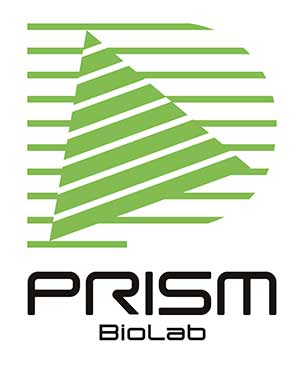Drug discovery in peptidomimetics field often requires unnatural. You would need just natural α-amino acids when you synthesize a natural peptide of interest but in the lead finding and optimization stage, a number of unnatural α-amino acid would be used for rapid synthesis and screening.
However, it sometimes shows difficulty even though unnatural α-Amino acid synthesis has long been investigated all over the world.1) This is one of the synthetic problems to solved and many breakthroughs have been made over a couple of decades. Asymmetric hydrogenation of dehydro-amino acids, enantioselective alkylation or arylation of glycine, Asymmetric Strecker reaction from aldehydes and nucleophilic alkylation or arylation of α-imino esters are the representative examples.
Synthesis of α-alkyl amino acids from serine by metallophotoredox catalysis is one of the recent breakthroughs due to the high functional group compatibility and enantiomeric purity.2) But still limitations are present since this photoredox process needs preparation of β-bromo alanine from serine and the reaction only allows aryl halides as the counterpart substrate. Direct and powerful methodologies are still in-demand in α-amino acid synthesis.
Here is another approach reported in Nature Synthesis.3) The authors describe directed and direct amination of the α position of carboxylic acids by iron-nitrene catalysts.
C-H activation by iron catalysts4) along with other Earth-abundant metals5) are well investigated over a decade due to the generation of interesting reactivities by ligand-tuning and less expensive nature compared to the rare metals like palladium, platinum, ruthenium and rhodium.
The paper is significant because the authors combined the high reactivity of iron-nitrene for C-H amination and the strategy to use a carboxylic acid as the directing group, aiming for highly-needed α-amino acid synthesis. The author also expended the substrate scope to show the potential for practical applications.
It is worth mentioning that Boc group is used for the nitrogen source. Hence the amination product of the reaction is N-Boc carboxylic acid that would be used for condensation reactions without further process.
In fact, this amination reaction is still infant for process chemistry due to the moderate yield (21~89%) and enantiomeric excess (23~94%ee). However, the substrate scope is significantly wide and usable for the exploration during lead optimization.
For example, both α-alkyl, α-aryl and α,α-disubstituted carboxylic acids are acceptable in this reaction. Electron-rich and electron-deficient aromatic rings are tolerable even though the protection of the nitrogen of indole seems to be necessary. Thiophenes, ureas, azides, amides, esters and halogens (F, Cl) are tolerated as well. Alcohols, amines as well as oxidation labile functional groups like thiols won’t be compatible although examples are not shown in the paper. α-Aryl carboxylic acids are better substrates in both terms of yield and %ee due to the high reactivity as well as the bulkiness in the case of α,α-disubstituted amino acid synthesis.
Breakthrough in synthetic chemistry gives us a chance to expand the possibility of medicinal chemistry. Owing to the fundamental research in academia and industry as well as the rapid manufacturing and sell by reagent providers, chemical space is expanding in an amazing speed.
https://doi.org/10.1021/cr050580o
https://doi.org/10.1021/acs.oprd.1c00208
https://doi.org/10.1038/s44160-023-00267-w
https://doi.org/10.1021/acs.chemrev.6b00772
https://doi.org/10.1246/bcsj.20200349

